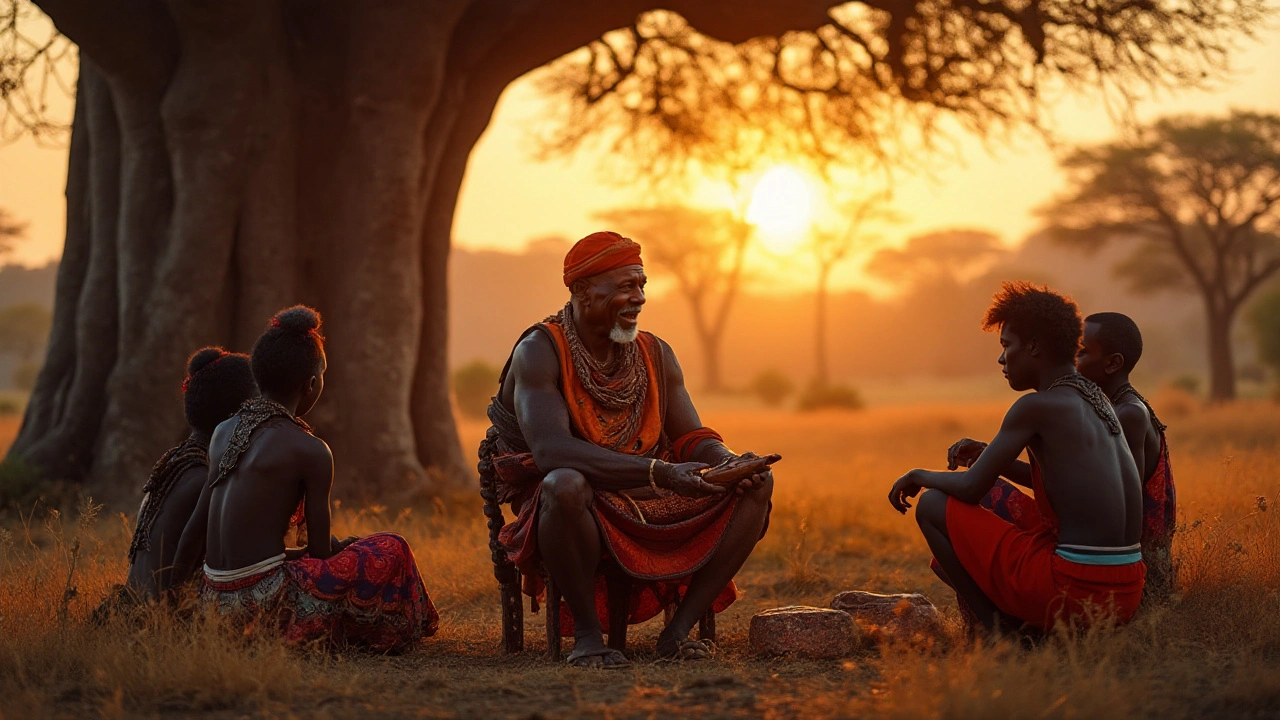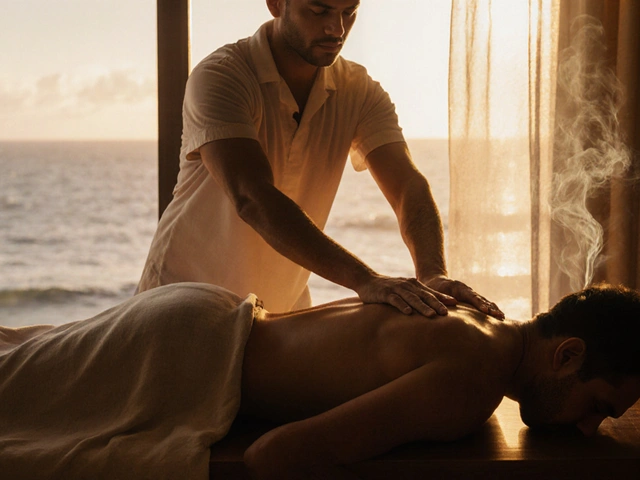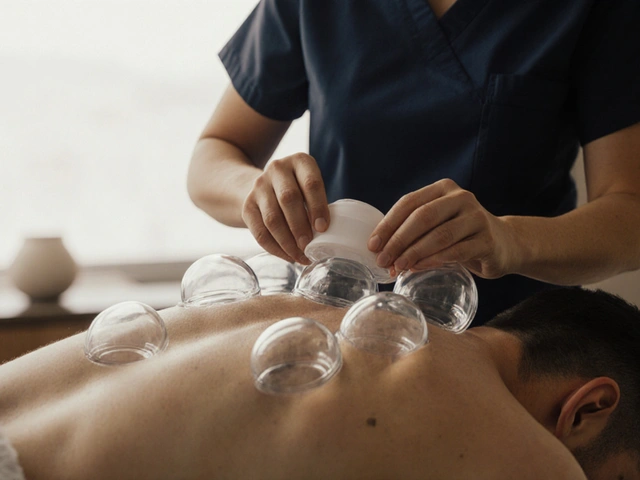Cultural symbolism: what massage rituals really mean
Have you ever felt a massage was more than touch—like a story, a prayer, or a small ceremony? That’s cultural symbolism at work. Different massage and healing traditions carry meanings tied to history, community, and identity. Knowing those meanings helps you get more from the session and avoid accidental disrespect.
Take Hilot from the Philippines: the oil, the stretching, and family stories often link to ancestral healing. Lomi Lomi from Hawaii uses long flowing strokes and sometimes song or prayer to connect body and spirit. Hammam rituals in North Africa and the Middle East combine steam, scrubbing, and social space for physical and social cleansing. Hot stone work borrows the idea of earth’s warmth to calm muscles and nerves. These elements are not random—they’re symbols that guide how people experience care.
Symbols shape technique and intention. A chant or prayer can set a calm frame for deeper relaxation. Oils and herbs can signal a region’s medicinal lore. A shared bath or public steam room stresses community and trust more than solo privacy. Even the rhythm of strokes can echo local dances, breathing patterns, or healing philosophies. When you recognize those layers, the touch feels richer and more trustworthy.
Why cultural symbolism matters when you book
Knowing a practice’s cultural roots helps you choose a practitioner and prepare for the session. If a therapist uses prayer, you may want to know what language or belief system is involved. If a ritual expects communal space or minimal clothing, that affects comfort and consent. Asking a few simple questions beforehand prevents surprises and keeps the session respectful.
Also watch for cultural appropriation. Real healing traditions deserve credit and context. Prefer practitioners who trained within the tradition or can explain its history and meaning. If a studio markets a cultural practice but strips out its origins or spiritual parts, ask why. Good practitioners will be open and honest.
Quick etiquette and questions to ask
Use these simple steps before your session:
- Ask about the therapist’s training and cultural background.
- Check if rituals (chants, prayers, communal areas) are part of the session.
- Confirm clothing and privacy expectations ahead of time.
- Say if any symbolic elements make you uncomfortable—most therapists will adapt.
- Respect any local customs in communal spaces (footwear rules, bathing sequence).
Curious where to start reading? Look through posts about Hilot, Lomi Lomi, hammam, Amma, and stone therapy to see concrete examples of symbolism in action. Each article explains technique, cultural context, and practical tips for visitors and locals.
When you understand the why behind a ritual, the massage becomes clearer, safer, and more meaningful. That makes relaxation deeper—and leaves you with more than just loose muscles: a small, honest connection to another culture’s care.

Exploring the Rungu: An Insight into African Cultural Heritage
The Rungu, a traditional African weapon, holds great significance in various cultures across the continent. Often crafted from wood, it serves not just as a tool for defense, but as a symbol of leadership and status within communities. Understanding the Rungu involves delving into its historical context, craftsmanship, and its evolving role in modern society. This article explores the multifaceted importance of the Rungu and its ties to African heritage.
Categories
- Health and Wellness (148)
- Alternative Therapies (86)
- Massage Therapy (40)
- Travel and Culture (15)
- Beauty and Skincare (9)
- Holistic Health (8)
- Health and Fitness (5)
- Spirituality (5)
- Other (2)
- Personal Development (2)
Popular Articles

Kahuna: A Journey into the Unknown
Aug, 8 2023


